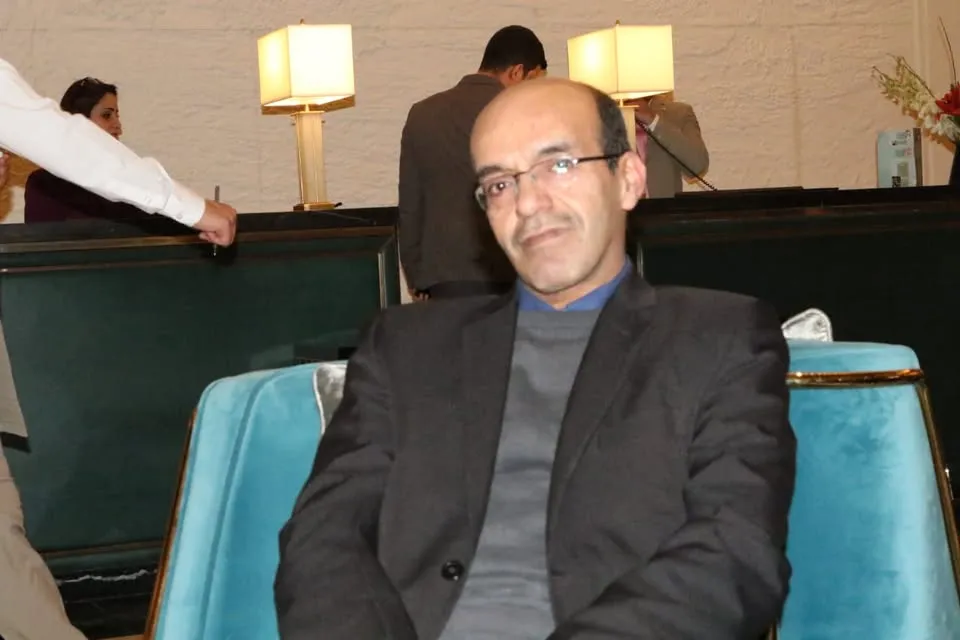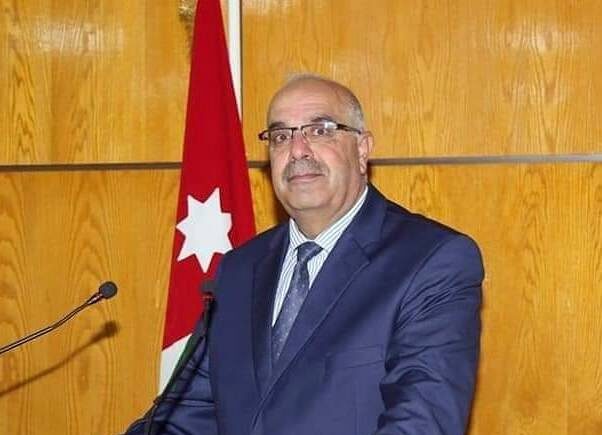By Omar Al-Homsi
Writer
Stepping onto the cobblestones of history, one enters Jerash Archaeological City, northern Jordan’s living jewel, a city that has preserved the enduring charm of its Roman heritage. Here, massive Corinthian columns rise beside grand theaters and bustling plazas, while ancient baths, temples, and arches whisper tales of civilizations that thrived here over six millennia. From the Bronze Age, through Roman, Islamic, and Ottoman periods, Jerash stands as a living museum, reflecting humanity’s genius in shaping its surroundings and offering visitors an immersive journey through time—a truly unforgettable encounter with beauty, history, and culture.
Just a few steps north of the main square lies the Macellum Market, proudly standing since the 2nd century AD. Its towering Corinthian columns, larger than those elsewhere in the city, welcome visitors and testify to the market’s role as a central economic hub in ancient Jerash. The main façade features a water basin topped with a lion’s head and inscriptions honoring the Arab-Roman Empress Julia Domna, wife of the military commander Septimius Severus in Homs—a symbol of commerce and power intertwined.
At the heart of the market, uncovered by joint Jordanian–Spanish excavations in 1983, stands an octagonal fountain once adorned with four lion statues. The limestone columns, strikingly similar to marble, are crowned with a sculpted head of a woman with braided hair, believed to represent Empress Julia Domna. Though the wooden and tiled roof has long collapsed due to earthquakes, the market’s grandeur is still palpable.
Dr. Yousef Zreikat, Director of the Old Testament Studies Center, explains Jerash’s prosperity during the Roman era, “It was strategically located at the crossroads of caravan routes, near the ports of the Palestinian coast. Its inhabitants traded some of the ancient world’s most coveted goods—incense, silk, gold, silver, and spices.” He adds, “The Macellum Market reflects the city’s bustling commerce and status as a major caravan hub. It was a marketplace for food, vegetables, and meat, and traces of butchered meat on some of the stone tables still tell that story today.”
Jerash’s significance extends far beyond Roman times. The city is also home to Tell Abu Al-Sawan, one of the oldest agricultural settlements in human history, dating back to the Pre-Pottery Neolithic period, roughly 12,000–8,000 years ago. Settlement continued through the Bronze Age (3300–1200 BC), establishing Jerash as a meeting point for civilizations and a major hub for trade caravans stretching from Iraq and the Arabian Gulf to Palestine, Lebanon, the Nile Delta, and northern Arabia.
With enthusiasm, Zreikat adds: “Jerash reached its golden age in the early 2nd century AD, securing its place as the jewel of the Decapolis cities. Its vast Roman baths served as social, political, commercial, and recreational centers. Statues of the city’s mayor and dozens of other sculptures discovered in the eastern baths testify to the richness of public life in ancient Jerash.”Visiting Jerash today is more than a trip through ruins; it is stepping into a living story, where every column, arch, and stone whispers the legacy of empires, trade, and human ingenuity, a journey that lingers in memory long after the visitor leaves.




